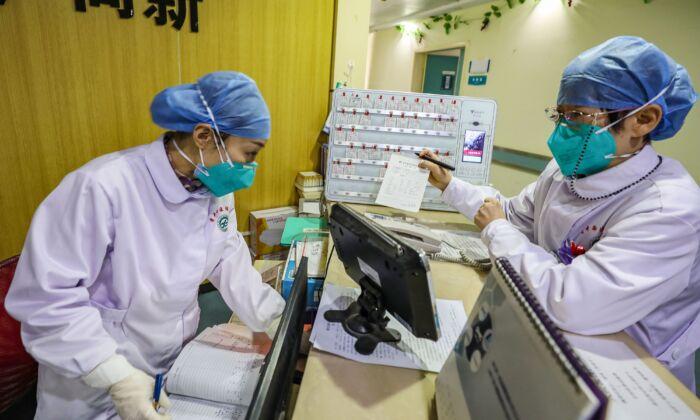As the coronavirus spreads further in China, more cities are scrambling to contain the virus by restricting people’s movements.
Zhejiang Province
About 560 miles away from Wuhan, the city of Wenzhou in Zhejiang Province, located on the country’s southeastern coast, has begun issuing travel restrictions.The city, which has 8.29 million residents according to the latest official statistics, shut down its public transportation system on Feb. 1.
“No other travel is allowed except to get medical treatment; do tasks related to disease control; and for people who work in important sectors related to people’s livelihood.”
That rule, which took effect at midnight Feb. 1, runs to midnight Feb. 8.
Hubei Province
In the epicenter of Wuhan and other cities in Hubei Province, roads have been closed and checkpoints set up to prevent vehicles from traveling.In Wuhan, scores have died from the virus.
The notice asked for other funeral homes around the country to donate supplies to funeral homes in Wuhan, such as body bags, goggles, protective suits, and disinfectants.
Before the outbreak, the business operated its cremation chambers for four hours per day, five days per week, the report said.
The report quoted a doctor who has treated patients in a Wuhan hospital since Jan. 21: “Our hospital beds are fully occupied by patients, medical staff have to work day and night, and many of us have infected each other with the virus.”
He said there are 10 doctors and 20 nurses working in his department. By Jan. 29, seven of them were diagnosed with the novel coronavirus. Furthermore, 61 medical staff from the hospital were diagnosed by Jan. 27.
The doctor said they lack human resources and medical supplies. Because of the limited hospital beds, most of the patients cannot be treated at the hospital.
And although the medical staff believe the patients to be infected with the coronavirus, they cannot fully diagnose them.
“Our hospital has 600 beds for coronavirus patients… [The city government] only allows each department to use diagnosis kits to detect three to five patients every day… In other words, most of our 600 patients can only be designated as possible cases,” the doctor explained.
The doctor said that only when one of the hospitalized patients have died and a bed has been freed up, can they arrange for a patient in very severe condition to be treated in the hospital.





